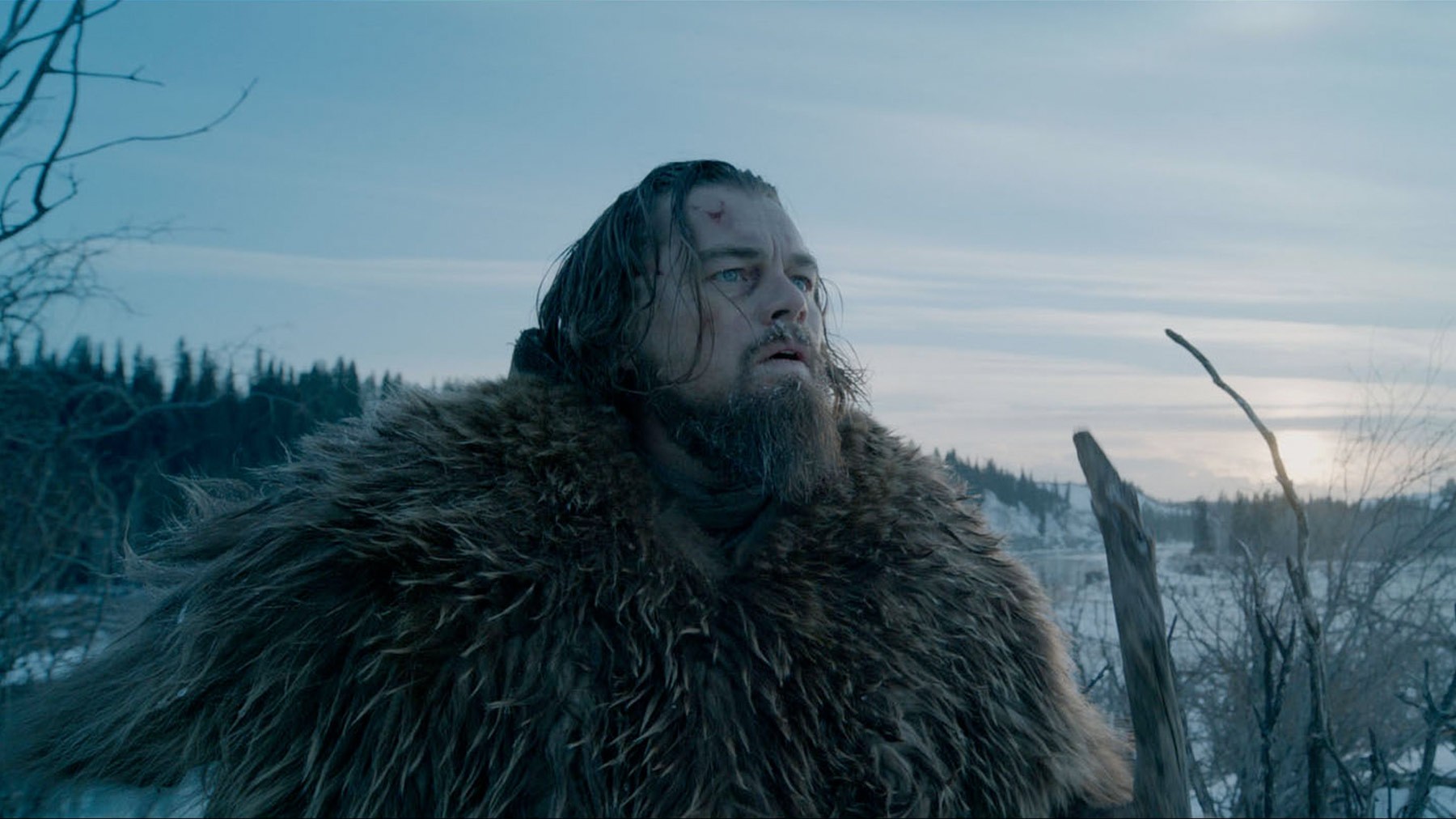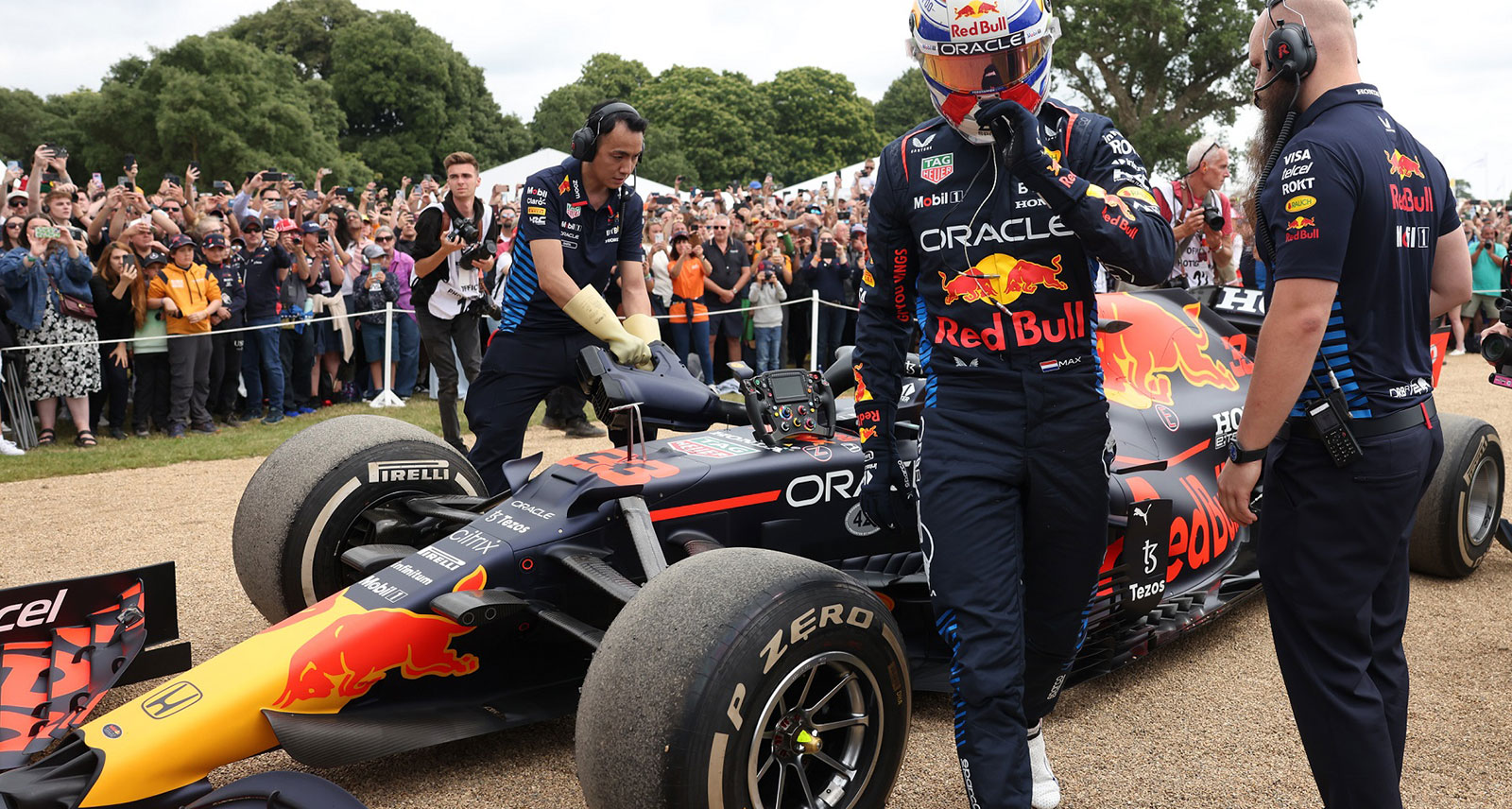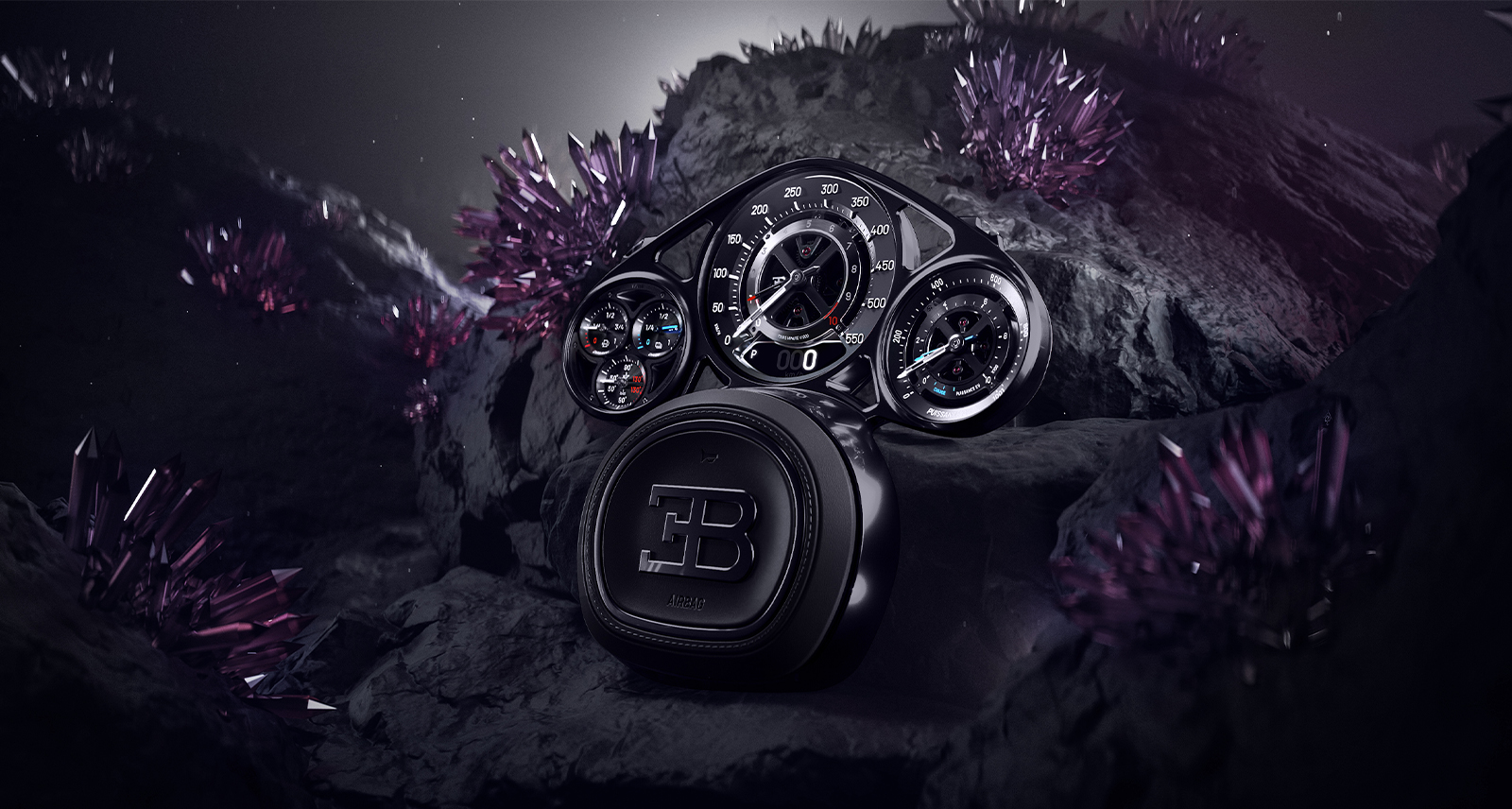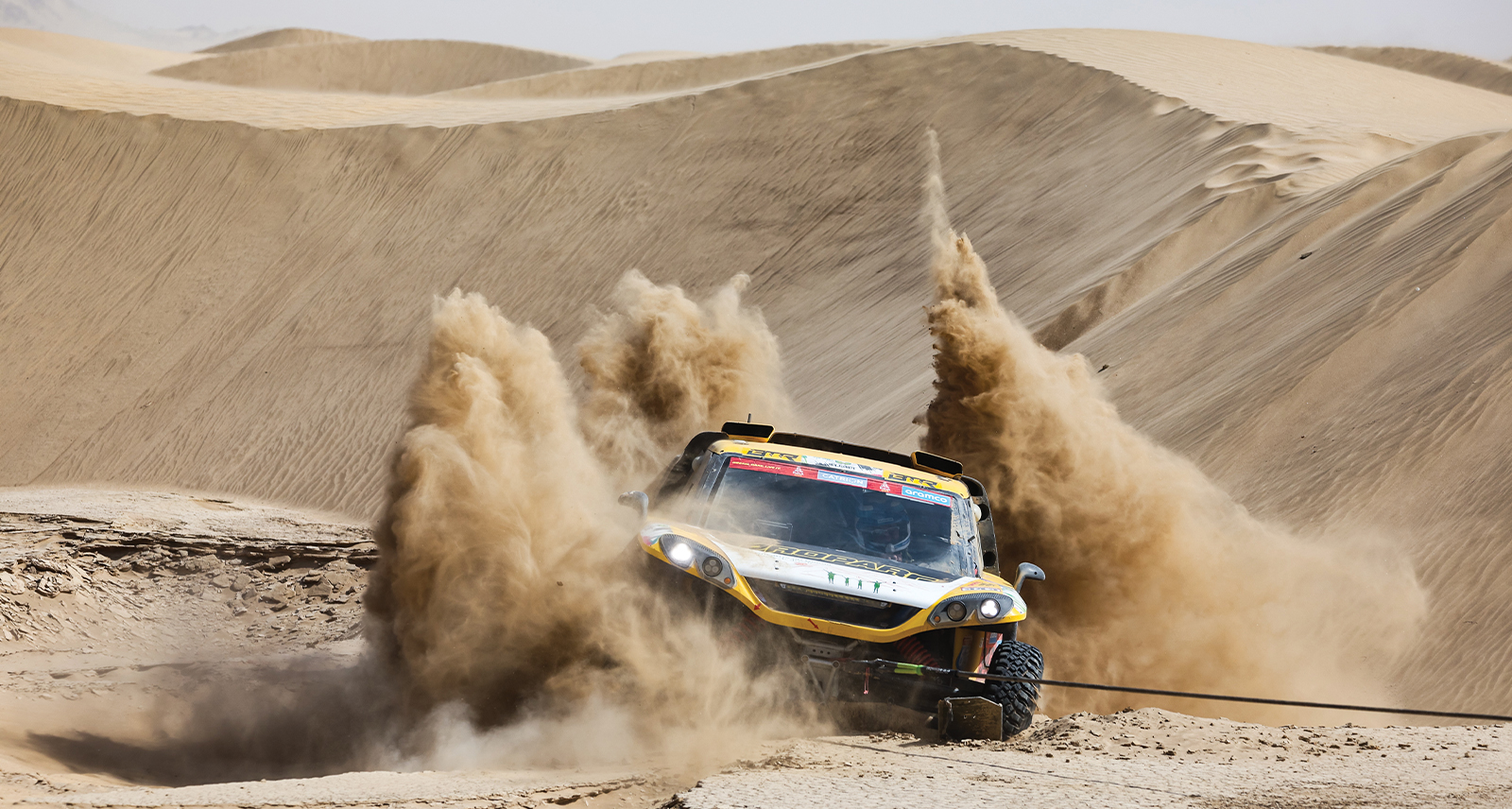‘The Revenant’ is Painful to Watch, But That Doesn’t Make It Great
The Revenant — which won Golden Globe awards on Sunday for Best Picture, Director, and Actor, positioning itself as an Oscar frontrunner — was not an easy movie to make. We know this because the people who made it won’t shut up about it.
“Every day was a battle for myself and a lot of other people not to get hypothermia,” Leonardo DiCaprio told The Telegraph. In an article in Men’s Journal, an anonymous crewmember described The Revenant set as “a living hell.” Director Alejandro González Iñárritu has been candid about the extreme conditions in which his film was shot. His rationale, he told The Hollywood Reporter: “If we ended up in greenscreen with coffee and everybody having a good time, everybody will be happy, but most likely the film would be a piece of shit.”
The Revenant isn’t a piece of shit, completely. It has its moments. DiCaprio writhes in pain well in it. Cinematographer Emmanuel Lubezki, who’s won consecutive Oscars for filming Gravity and Birdman, brings his usual extended-take A-game to the screen. The bear-mauling scene you’ve probably heard about is pretty incredible to watch, scary and surprising and sustained in a way that wouldn’t have been possible, technically, even 10 years ago.
Still, there’s something unseemly and ridiculous about a movie touting its difficult production as a symbol of merit, as if there’s a correlation between a movie’s quality and the number of raw bison livers Leonardo DiCaprio had to eat in it. Worse, this isn’t an example of ultra-macho publicity misrepresenting an otherwise smart, nuanced film; the movie itself confuses suffering for meaning.
One example, from midway through the film: To escape an American Indian tribe, a badly injured Leo (his character has a name, but whatever) has to slide into a freezing river and be carried downstream, dodging arrows all the way. Then the water begins to get choppy, then Leo finds himself thrown over a mini-waterfall, then the camera pulls back and OH MY GOD THERE’S A BIGGER WATERFALL. I laughed out loud; the film plays it straight. The Revenant is basically 156 minutes of that, with a few images of dopey, overly literal magical realism thrown in sporadically—you know, for art.
A looser, better director — like the version of Iñárritu who made Birdman, for example — would recognize that the line between tragedy and comedy is blurry. That you can acknowledge the ridiculousness of Leo’s survival in this movie without undercutting its seriousness. That you can make a film about life-or-death struggle without actually making your audience — not to mention your cast and crew — want to die. Iñárritu’s contention that The Revenant could have either been a shitty, happy movie or a brutal, difficult masterpiece is a false choice. The best, most immersive movies are always a mixture of light and dark, because that’s what real life is like — and you’d think a movie so concerned with realism that it accepted no substitutes for bison liver would have figured that out, at some point.
Mad Max: Fury Road, one of the movies The Revenant had to beat for the Best Picture Golden Globe, also had a difficult production: stuck in development hell since the mid-‘90s, then delayed by 9/11 and the Iraq War, finally filmed in the Namibian desert in 2012 after heavy rains ruined its planned New Zealand site. I suspect the reason no one is talking about all this is because the movie itself is brilliant and full of more interesting things to discuss: the best action editing of the decade, a minimalist but surprisingly resonant plot, strong feminist subtext. There are some punishing scenes in Mad Max, but watching it is a joyful experience, a celebration of what movies are uniquely capable of doing. It transcends its difficult origin, where The Revenant rubs your face in it.
Art is hard, always. That’s no excuse to be a dick about it.










